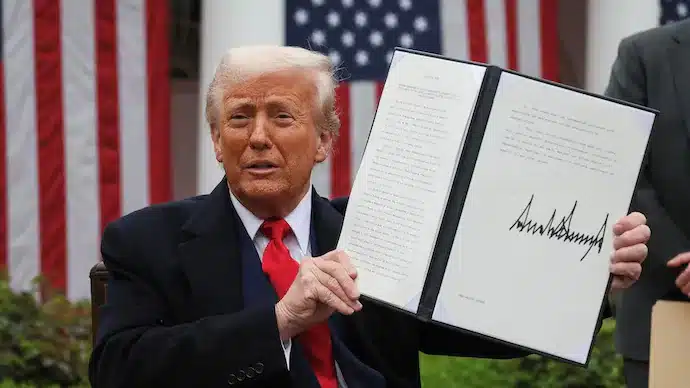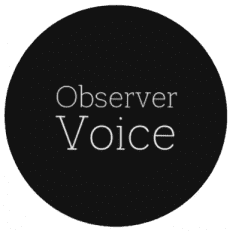Donald Trump’s Trade Policies Target More Than Just Tariffs

The U.S. administration’s recent tariff announcement, made on April 2 and subsequently paused for 90 days, is part of a comprehensive strategy aimed at reducing trade barriers for American goods. This initiative goes beyond traditional tariffs, focusing on non-tariff barriers such as agricultural regulations, taxation systems, and currency practices. Countries have been given a three-month window to comply with U.S. demands or face new tariffs that could range from 10% to over 50%. While tariffs on Chinese goods are already in effect, many nations are struggling to meet the U.S. requirements, leading to uncertainty in negotiations.
Non-Tariff Barriers Targeted
The U.S. administration’s approach to trade is shifting towards addressing non-tariff barriers that hinder American exports. These barriers include various regulations, taxation systems, and customs procedures that foreign countries impose. For instance, U.S. agricultural exports face significant challenges due to stringent food safety regulations in countries like Japan and Korea. Japan has long restricted imports of U.S. rice and potatoes, while Korea maintains age-based restrictions on beef imports due to past health concerns. The National Potato Council’s CEO, Kam Quarles, emphasized that political dynamics play a crucial role in these negotiations, suggesting that if U.S. tariffs are perceived as more burdensome than domestic opposition, progress may be made.
Currency Practices Under Scrutiny
Currency exchange rates have also become a focal point of the U.S. trade strategy. President Trump has accused countries such as Germany, China, and Japan of manipulating their currencies to gain an unfair advantage in exports. While the European Central Bank’s actions may weaken the euro, Japan’s cautious approach to interest rates could strengthen the yen. Analysts predict that the U.S. dollar may continue to decline against the yen, which could further complicate trade relations. The administration’s stance on currency practices aims to level the playing field for American exporters, but it remains to be seen how other nations will respond to these demands.
Taxation Systems and Their Impact
The Trump administration has criticized the widespread use of value-added tax (VAT) systems in over 170 countries, arguing that they disadvantage U.S. exports. Economists, however, contend that VAT is trade-neutral and does not inherently favor or hinder any specific country. European nations, where VAT rates often exceed 20%, are unlikely to alter their taxation frameworks to accommodate U.S. demands. The European Union has firmly stated that VAT will remain non-negotiable, indicating a potential impasse in discussions regarding taxation systems. This divergence in taxation approaches highlights the complexities of international trade negotiations.
Challenges in Regulatory Standards
Regulatory standards present another significant hurdle for U.S. exports. Japan’s stringent auto safety regulations and electric vehicle subsidy rules have been identified as barriers to American automotive exports. Similarly, Korea’s regulations in the pharmaceutical and automotive sectors pose challenges for U.S. companies. Additionally, bureaucratic procedures in countries like Japan and Korea complicate the import process for U.S. goods, leading to delays and increased trade friction. The U.S. administration’s focus on addressing these regulatory challenges reflects its broader goal of boosting American exports and reshaping international trade dynamics.
Observer Voice is the one stop site for National, International news, Sports, Editor’s Choice, Art/culture contents, Quotes and much more. We also cover historical contents. Historical contents includes World History, Indian History, and what happened today. The website also covers Entertainment across the India and World.
Follow Us on Twitter, Instagram, Facebook, & LinkedIn

